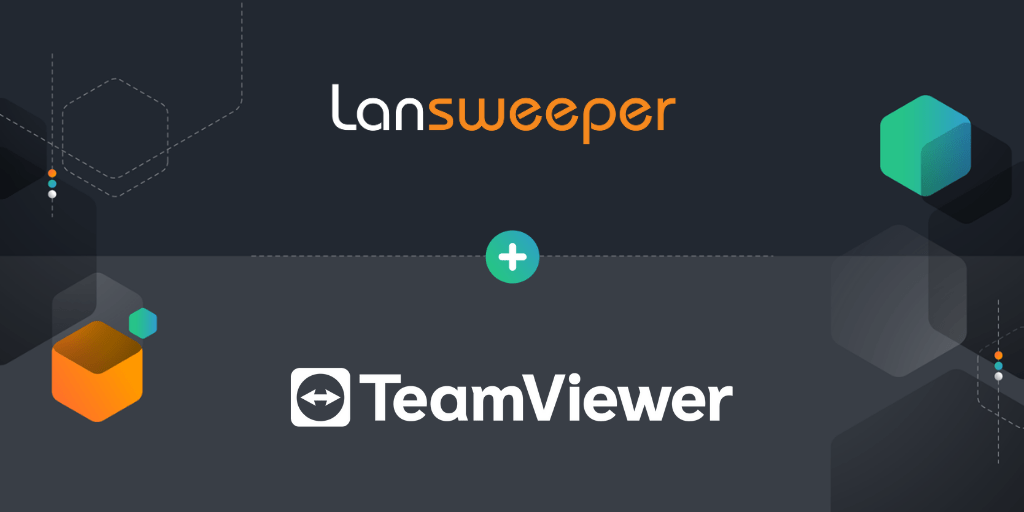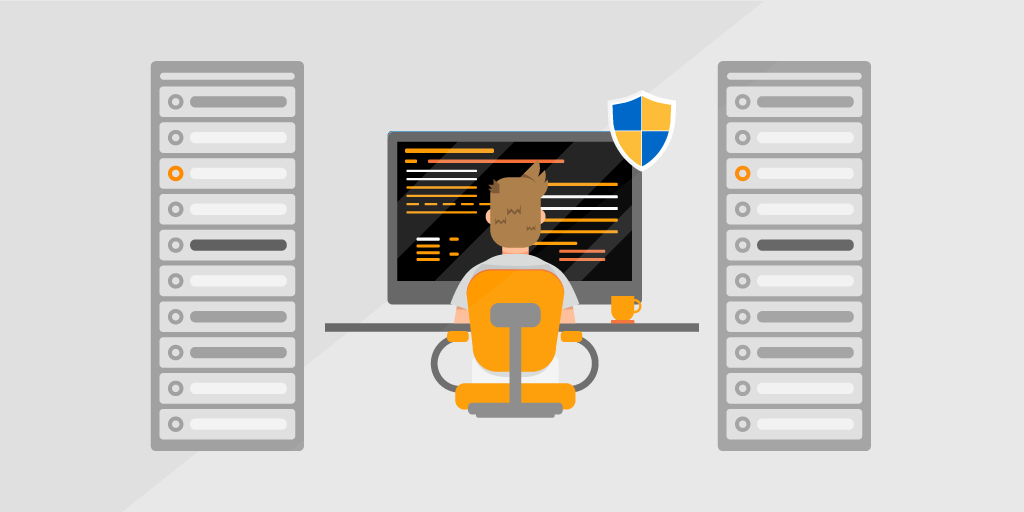Lansweeper includes several agentless scanning methods to scan the assets in your network. You can scan Linux, Unix, Mac and Windows computers, VMware servers and other devices in your network without installing any Lansweeper software on the machines you’re scanning. However, some situations require the asset itself to send its data to Lansweeper.
Laptops out on the road won’t always be connected to your network. Devices at remote locations may have limited network connectivity or certain mission-critical systems could operate behind strict firewalls. IT Asset Management shouldn’t be optional. Having up-to-date and accurate asset information shouldn’t depend on whether or not the device only touches your network now and then.
That’s where LsAgent comes into play. It’s a small lightweight application that you can install on your Windows, Mac & Linux devices. First, it gathers the asset data locally and then sends it to your Lansweeper installation, either by using a direct push or through Lansweeper’s cloud-hosted relay service.
Join 145,000 IT Pros
Receive the latest Vulnerability Updates, Patch Tuesday Audits, Network Reports, and more.
When using this second method, LsAgent uploads your scanned data to the relay server where it is encrypted and safely stored. Lansweeper will periodically check if a new scan is available. If a new scan is found it is pulled from the cloud-hosted relay service and imported into Lansweeper.


